While many of us may be unaware of the importance of properly insulating the walls of our home, the fact is that up to 35% of heat gets lost because of poor insulation. This is not only a matter of comfort and quality of life, but it can also have a significant economic impact.
The two key elements when it comes to wall insulation at home are avoiding heat loss and energy efficiency. By making sure our walls are well insulated, we’ll guarantee ourselves and our loved ones a more comfortable life, while saving hard-earned cash by being as cost-effective as possible with heating.
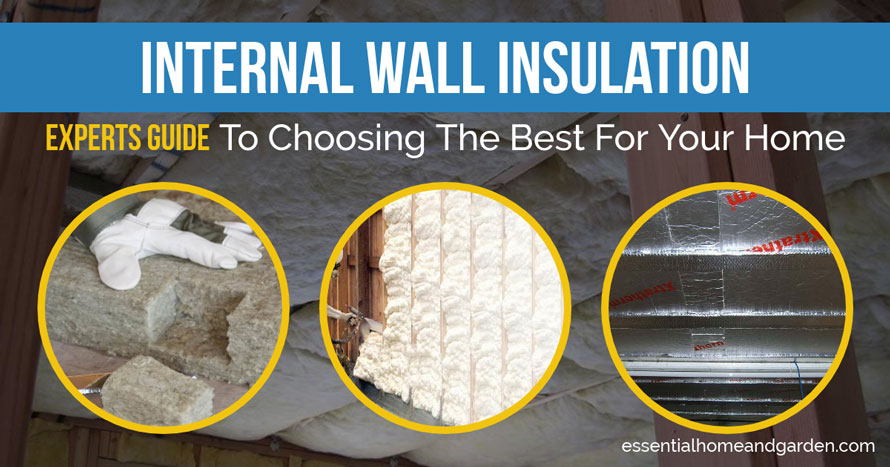
Using building materials that are high performance will take you a long way, but choosing the proper thickness of the insulation board can have a huge impact on the living space of a home. So it is important to consider the insulation thickness carefully for each case.
A good insulation board will be closely fitted to the internal surface of each wall, while a layer of vapor makes sure no air can penetrate the insulation.
The Benefits of Internal Wall Insulation
- For any property with cavities that cannot be filled, internal wall insulation is a useful solution.
- The internal surfaces of the walls will be much less likely to suffer condensation.
- It can be done in some rooms and not on others, as the need may be.
- Unlike external wall insulation, it has no impact on the appearance of the property.
- Once the installation is complete, the inner temperature will be noticeably higher, while the energy consumption and heating bill will be significantly lower.
The Different Types of Insulation
When it comes to choosing the best internal wall insulation for your home, there are two main criteria you need to consider: what parts of your home need to be insulated, and what are the R value recommendations for each of those areas.
The R value refers to the maximum thermal performance of any given insulation. The greater the R value, the better the insulation.
Depending on the characteristics of your property, the areas you need to insulate and the R values you need to comply with, there is a wide range of possible types of insulation to choose from. These range from blankets (batts, rolls), concrete blocks, foam board, loose-fill / blown-in, fiber, sprayed foam, and many more. Each of these types will be best suited for certain kinds of surfaces and spaces, while also varying in their degree of difficulty in regards to installation.
Some types of insulation can be rather easily done on your own; others will certainly require professional experience and assistance.
Materials used for insulation can be of a variety of types. Among these are:
- Rigid insulation: polystyrene boards, rafter vents, etc.
- Foam insulation, which is performed using specially designed insulating foam sprays and sealants
- Blow-in insulation, using cellulose fiber
- Foil insulation
- Stone wool insulation
Let´s now have a look at some of the most common kinds of internal wall insulation.
Rigid Board Insulation
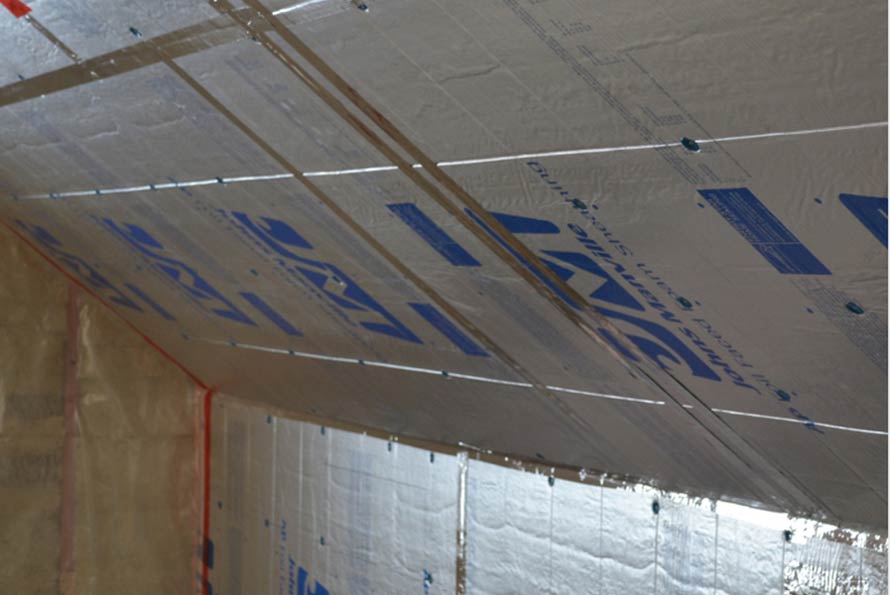
Rigid boards or panels are often used to insulate walls from within. These boards can be made either of fibrous materials, such as slag (mineral) wool, fiberglass, or rock, or of plastic foam. These can be bought in so-called “batts”, which are smaller portions of board designed to fit into more specific areas, such as cavities, in the wall.
Rigid boards are often used inside interior walls to insulate the inner spaces in between. This can be done either using batts or as larger panels that are measured and cut in order to fit precisely against the inner surface of the wall. They are great for limited spaces in need of a powerful insulation for a small area.
Among the advantages of using this kind of insulation is the high R value it possesses, the fact that it is usually very light and strong, it adds to the structural strength of the wall in question, it provides acoustic insulation in addition to the thermal insulation, and also they will not rot (even though they should never be exposed to prolonged dampness – consider roof ventilation).
- 703 is lightweight, resilient, easy to handle and fabricate on the job site
- ASJ Max is an all-service-jacket with a polymer film exterior surface that is smooth, durable, cleanable, wrinkle-resistant and resists water staining
- Reduces heat transfer, lowering operating costs
- The ASJ Max facing can resist short durations of liquid water exposure that can occur during construction
- Resists damage and maintains structural integrity and efficiency
Blown-in Insulation
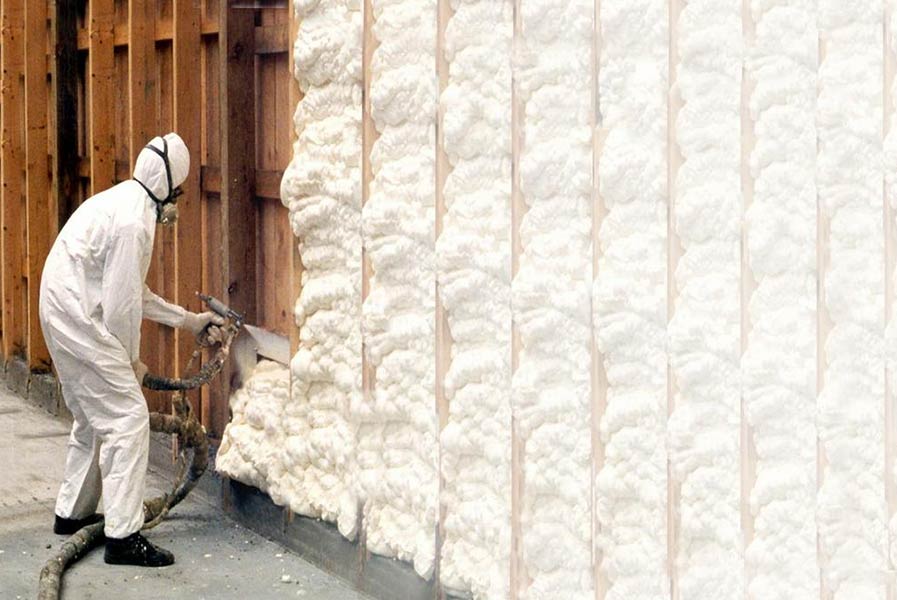
One of the most popular options, using blown-in insulation for your home is a great way to get a high thermal performance at a low cost, while still saving plenty of money on energy and heating. Using blown-in fiberglass to insulate your home is a very cost-effective choice, particularly since you can most likely do it yourself without great difficulty.
Essentially, this type of insulation provides a very thorough blanket of foam to cover the surfaces in need of insulating, and therefore it really proves effective when it comes to stopping any air from coming through. The fact that it is quite cheap and fast to install (as opposed to batts or panels) makes it a very useful option to keep in mind.
Other advantages to using fiberglass foam include the added longevity it can give to your roof and its shingles, by conditioning better the attic space; also, foam is the superior insulation technique when it comes to covering any cavities and spaces that need a precise covering. And it’s very useful for covering small gaps that may be left on a surface. It can even help reduce the infiltration of moisture in the home, which is a great benefit for general comfort and health.
In addition to the most common blown-in insulation material (fiberglass) there are other alternatives worth mentioning as well: namely, cellulose (much appreciated for its cost-effectiveness and extremely high R value, as well as for being often made of recyclable materials) and rock wool fiber (much more expensive, but provides excellent sound insulation as well, and is also noncombustible and a pest repellent in itself)
Fiberglass Insulation
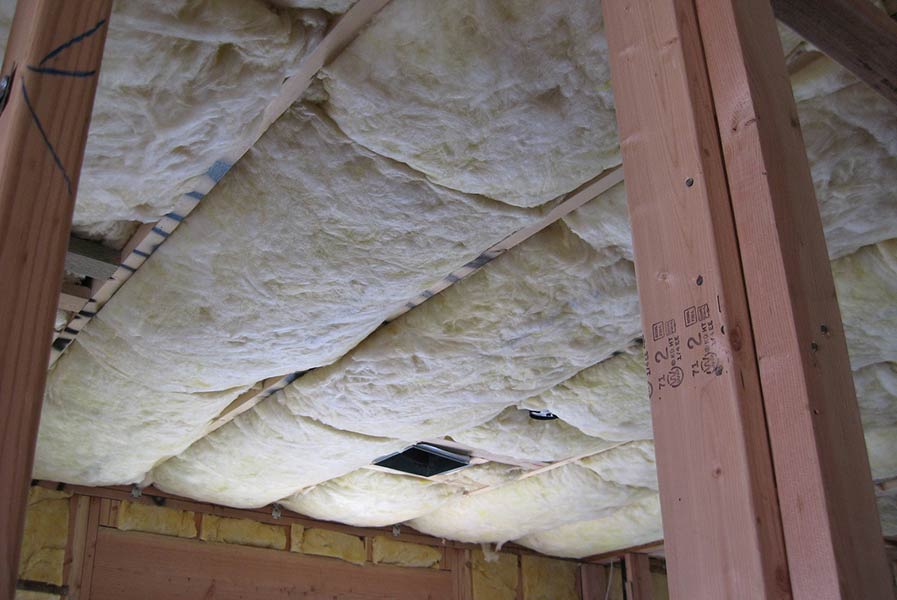
Fiberglass has become a staple in home building and improvement for centuries now. It is one of the most commonly used insulation materials, and indeed can be found in many homes across the world as such.
There is much debate about the negative health effects of being surrounded by, and exposed to, fiberglass. But it is generally agreed upon that, when disturbed, fiberglass can release tiny particles into the air that can then get inhaled inadvertently by anyone close by.
To avoid this from happening, it’s important to make sure that you are properly equipped and covered when disturbing the fiberglass insulation, including using a respirator with a proper filter. Also, dampening the area before accessing it will help prevent any particles from becoming airborne.
For those interested in safer alternatives to fiberglass, cellulose should be the go-to material. It has no known health hazards, and is a very ecological, cost-effective, and practical way of insulating surfaces.
Our Choice of Fibreglass Insulation
Owens Corning
- Multi-Purpose insulation is made from a 2″ thick fiberglass wool and has a thermal value of R-6.7
- Insulates gaps around windows, doors, air conditioners, outlet boxes and around pipes.
- Unrolls and cuts easily for spot insulation.
- The dimensions are 2″ thick x 16″ wide x 48″ long.
- Each package covers 5.33 square feet.
Foil Insulation
A less well-known option that is increasingly getting attention is using foil to insulate. Aluminum foil is actually a great insulator since it prevents heat from radiating by causing it to reflect back towards its source.
Since it actually sends the heat radiation back to where it came from, it is in many ways more effective than other materials, which merely slow down the passing of the heat from one side to another.
Stone Wool Insulation
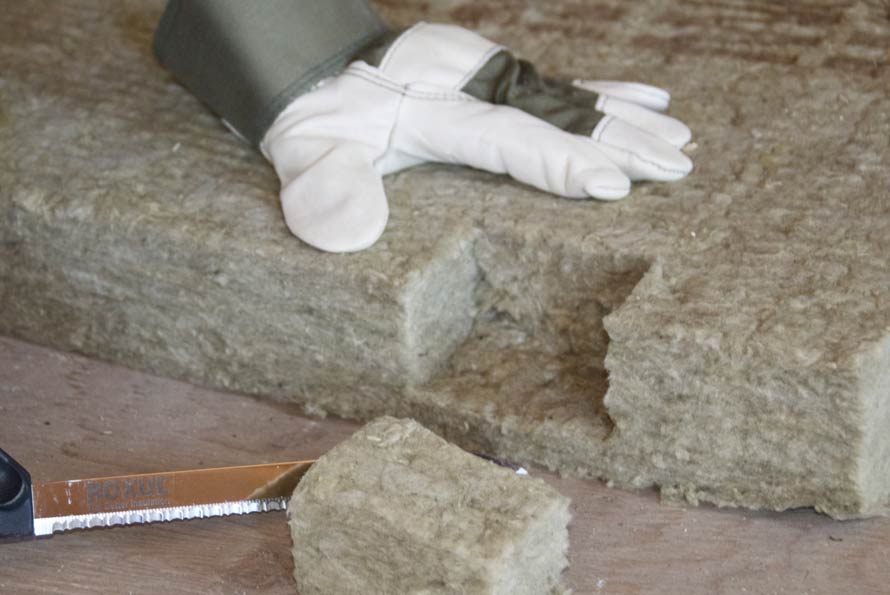
The porous nature of stone wool as an insulation material makes it well suited for trapping the air passing in between, thus preventing it from passing. It is also a great choice for those who wish to also insulate themselves effectively from noise.
It is a safe option to use since it is not combustible nor will it propagate any possible flames further.
Stone Wool Insulation
Rockwool Acoustic Mineral Wool Insulation
- Mineral Wool Insulation in 6 pounds per unit density.
- Great as Acoustic insulation or as a soundproofing material
- Cost effective and Very High NRC Rating, better than Owens Corning 703
- Water repelling – hydrophobic- Class A fire rating
- Rigid Boards, perfect for making acoustic panels and bass traps


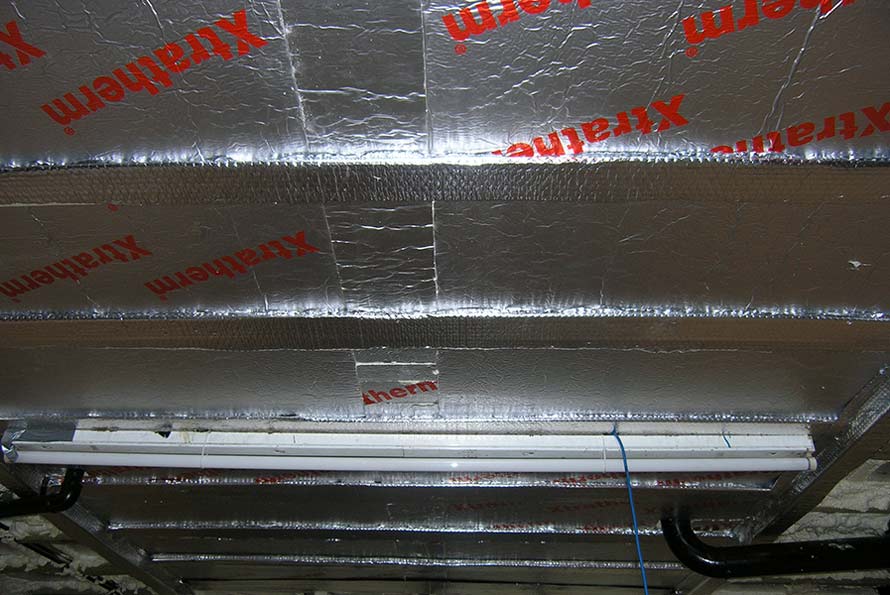


I would like to insulate a vibracrete building. Currently the wall is schemed with cement. Is there some sort of a plaster type of insulation
Good article with general info. How about an article over those places where one can’t use blown foam (ie, condo/co-op apt) and where inside space is premium? There are some foreign products like Aerotherm and RoVA that seem promising, but I have yet to see any similar product “made in USA.” Thank you.